Idli is a staple South Indian dish, enjoyed as a light and healthy breakfast or snack. Made from fermented rice and urad dal batter, they are naturally gluten-free and easy to digest. Their fluffy texture and mildly tangy flavor make them a perfect companion for coconut chutney and sambar. Packed with nutrients, these steamed rice cakes are loved across age groups, providing a wholesome and delicious meal option.
Health Benefits:
- Fermentation: Helps improve gut health and aids digestion.
- Urad Dal: Provides protein and is a great source of iron.
- Rice: Provides energy through carbohydrates, making it an ideal breakfast or meal.
- Low in Calories: A great low-calorie option for a light, nutritious meal.
Nutritional Highlights:
- High in Carbohydrates (from rice)
- Low in Calories
- Source of Protein (from urad dal)
- Fermented for Gut Health
- Gluten-Free
Nutritional Information (Per Serving – 4 idlis):
- Calories: 120
- Protein: 4g
- Fat: 1g
- Carbohydrates: 24g
- Fiber: 2g
- Iron: 6% of daily value
Ingredients:
- Idli Rice or Idli Rava: 1 ½ cups
- Urad Dal (Split Black Gram): ½ cup
- Poha (Flattened Rice): 2 tbsp (optional, for extra softness)
- Fenugreek Seeds (Methi Seeds): ½ tsp
- Water: As needed (for grinding and batter consistency)
- Salt: To taste
- Oil or Ghee: For greasing the idli plates
Recipe Instructions:
- Soak the Ingredients
Rinse the idli rice (or idli rava) and urad dal separately in plenty of water. Soak the rice with fenugreek seeds and urad dal in separate bowls for at least 4-6 hours. If using poha, soak it for 10 minutes before grinding.
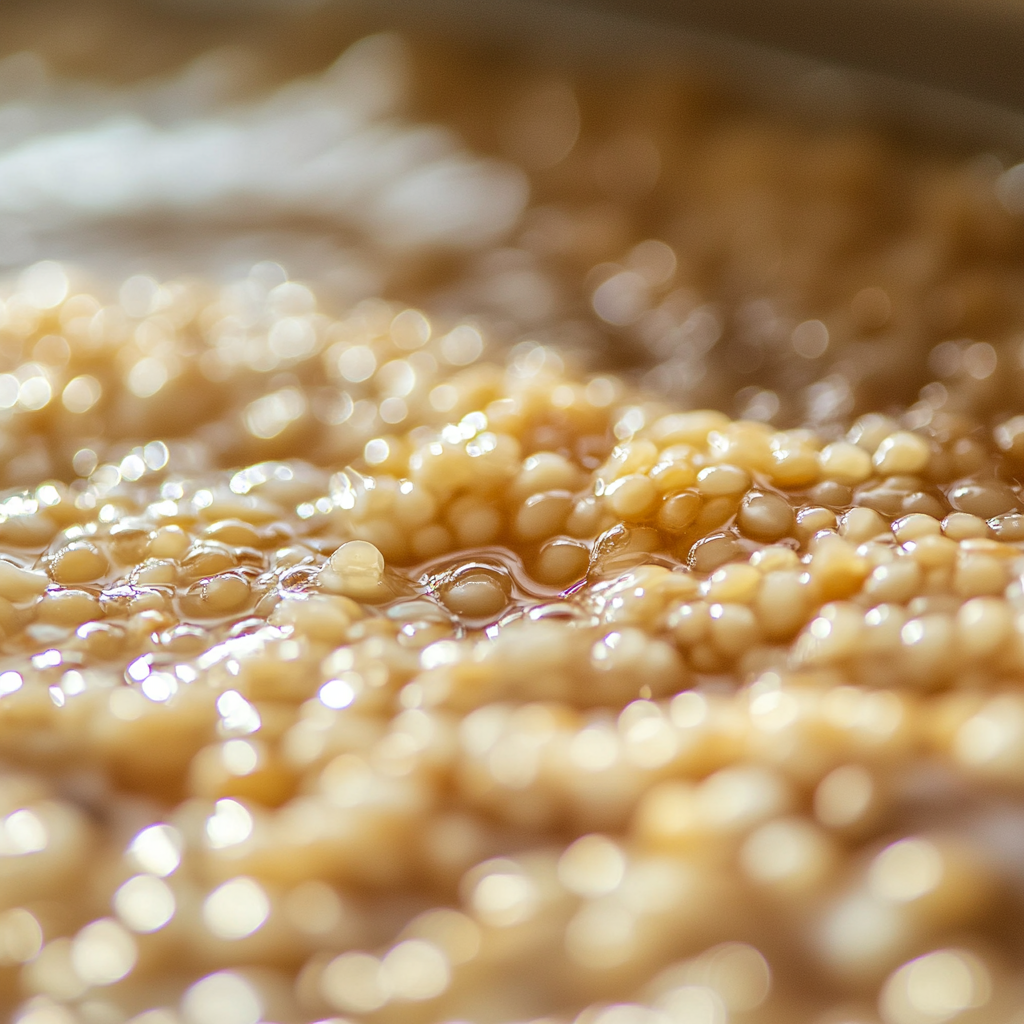
2. Grind the Batter
Drain the water from the soaked ingredients. In a wet grinder or high-powered blender, grind the urad dal first, adding water gradually to form a smooth, fluffy batter. Then grind the soaked rice or idli rava (along with poha) to a slightly coarse texture. Combine the rice and urad dal batter, mix well, and add salt. The batter should be thick but pourable.
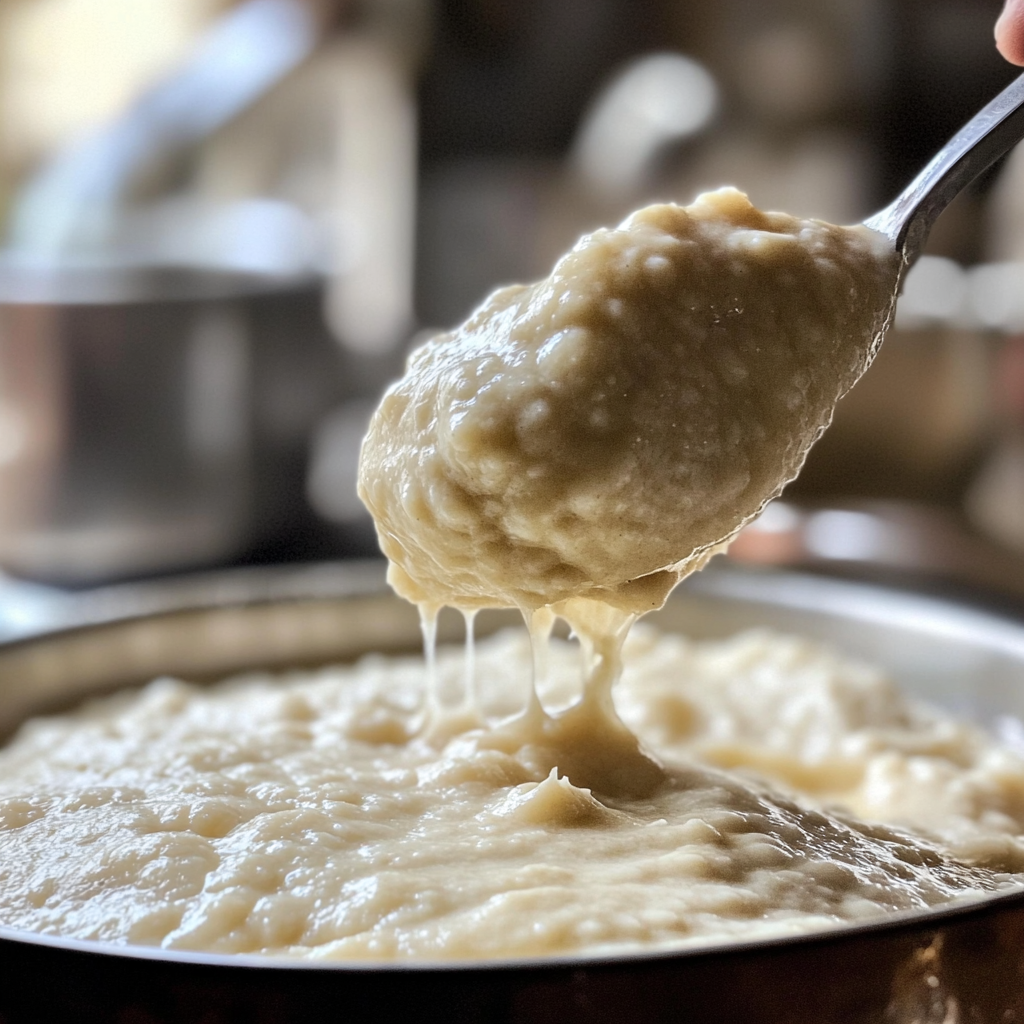
3. Ferment the Batter
Cover the batter and leave it in a warm place for 8-12 hours to ferment. The batter should rise and become airy with a slight sour smell. If it’s cold, place the batter in a slightly warm oven to encourage fermentation.
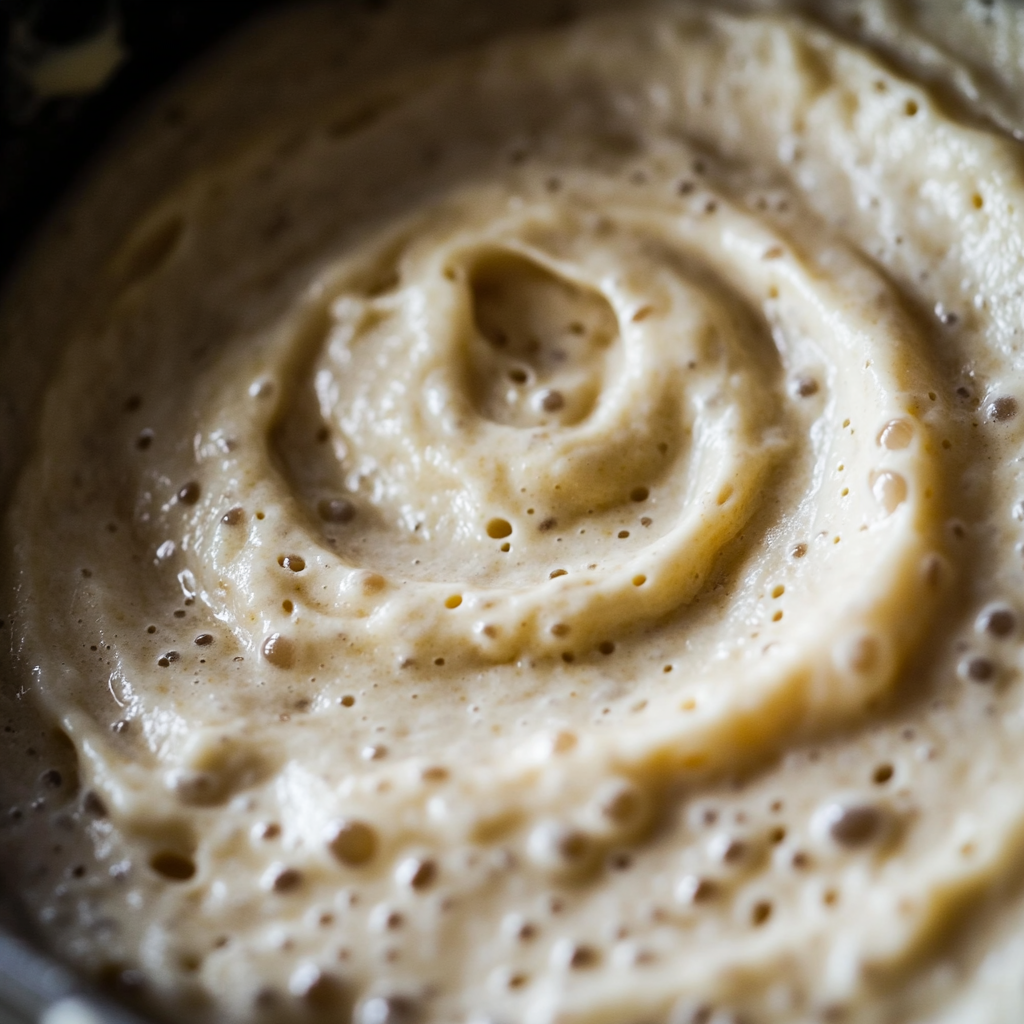
4. Prepare the Idli Steamer
Grease the idli plates with oil or ghee. Stir the fermented batter gently (don’t overmix) and pour it into the greased idli molds, filling them about ¾ full. Preheat the idli steamer with water at the bottom, then place the idli stand inside. Cover and steam the idlis on medium heat for 10-12 minutes.
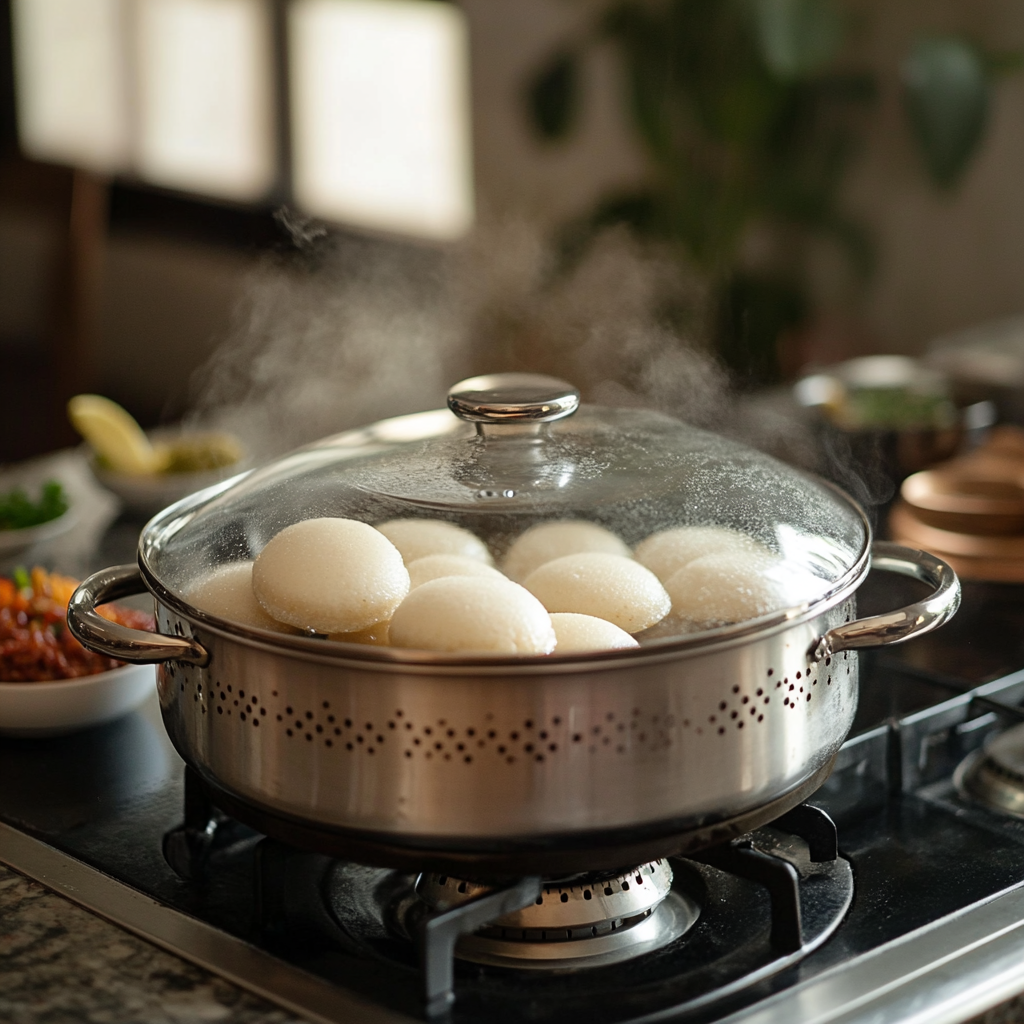
5. Check and Serve
To check if the idlis are done, insert a toothpick or knife in the center of one. If it comes out clean, they’re ready. Carefully remove the idli stand and let it cool for a minute. Use a spoon to gently remove the soft idlis from the molds. Serve hot with chutney and sambar.
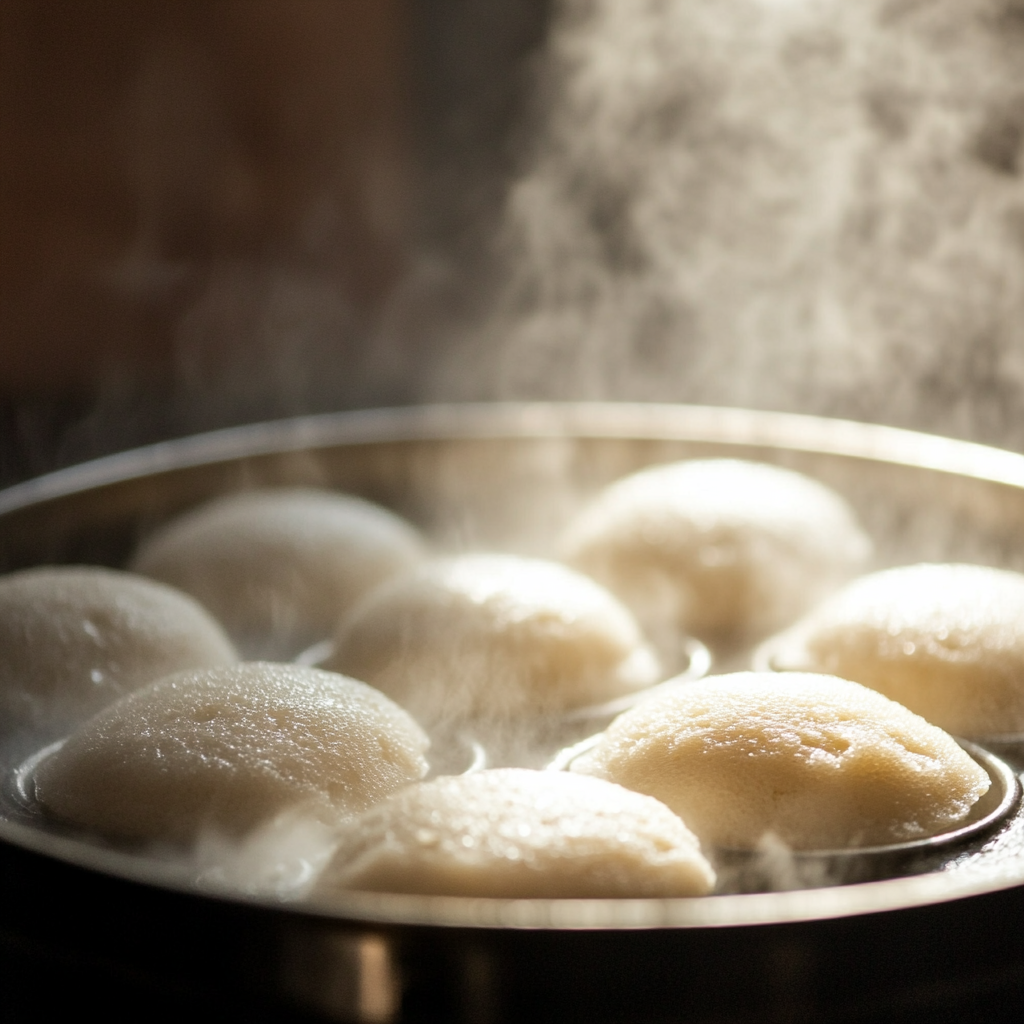
Tips and Tricks for Idili:
- Poha for Softness: Adding poha to the batter increases the softness of the idlis. This is especially useful in regions with hard water.
- Consistent Batter: The batter should have a flowing consistency, but not too runny. Adjust the water accordingly while grinding.
- Fermentation Environment: Ensure the batter is kept in a warm, draft-free area. If the environment is too cold, fermentation may not happen properly. You can use the oven light or warm the oven slightly (100°F/40°C) and place the batter inside to ferment.
